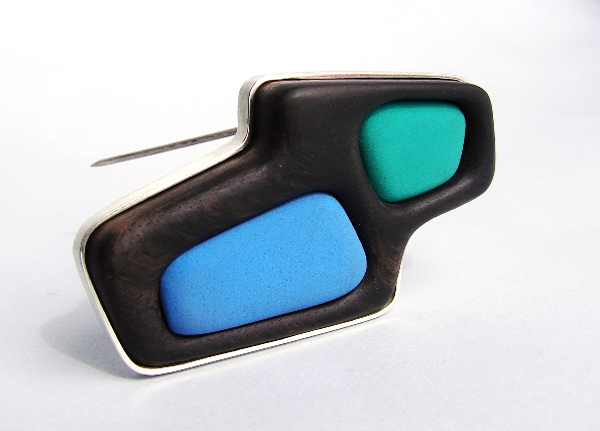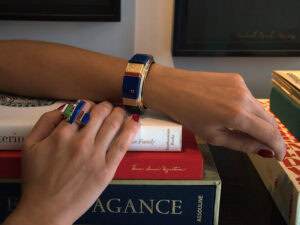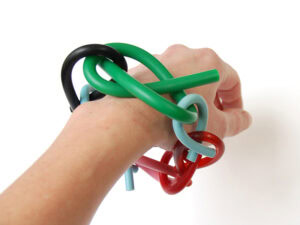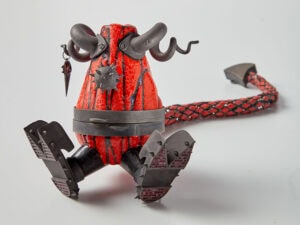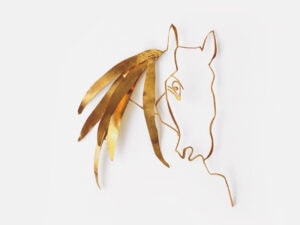
Susan Cummins: Did you train as a jeweler?
Lorena Angulo: My initial studies were not related to jewelry making at all. I studied mass communications and was looking to work as a journalist when I finished my studies, but destiny brought me to the United States and all my plans changed. I found my true passion later on in life when I started to take metalsmithing classes at Southwest School of Art in San Antonio, Texas. Since then I have not stopped making jewelry.
Does your Mexican background influence what you make?
Yes, 100 percent. Leaving Mexico gave me the chance to reminisce about home and to recall things in my heritage that I had almost taken for granted when I lived there. When I had the opportunity to create the first thought that came to my mind was all the wonderful memories of growing up in Mexico and living in so many of the states of my country. These memories are always present when I design my work. I was blessed to have seen so many different traditions and art forms; every state has their own cultural treasures. When I make my jewelry these memories become part of my designs.
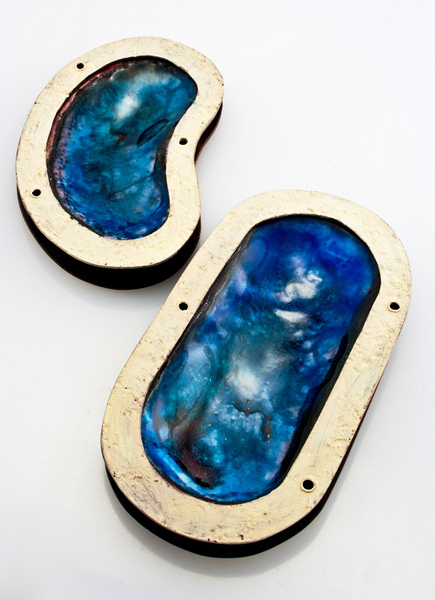
Why did you decide to create an online exhibition on the crafthaus website?
crafthaus is an incredible place online, where artists from different mediums get together to share their work and experiences. I have learned so much on this website just by reading the blog posts and looking at all the amazing exhibitions from artists around the world. I figured that crafthaus would be the perfect place for the exhibition as it reaches such a large audience of artists and collectors.
Have you curated a jewelry show before?
No, this is the first show I have curated. I am always taking new challenges and this one has been a great journey for me. Meeting so many artists with different styles and backgrounds has been the most exciting experience. Brigitte Martin was also a great support; she is always trying to help all the artists to grow and to keep moving forward.

Why did the back of the brooch interest you as a theme?
I feel the back side of a brooch is a blank canvas that can be transformed to be a part of the front design by adding something extra or special. When I first started to design brooches, I was curious to see how other artists approached the mechanics and design on the back. It was not easy to find photos of the reverse side of a brooch. Through this exhibition, people have the opportunity to look at a side that only the maker and the wearer can see.
Can you list all the ways in which the artists in the show use the back of the brooch? Please include specific examples.
Some of the artists in the exhibition used the back side to continue with the story they have on the front. Sarah Truett uses the back to express the more personal side of her story; the title of the brooches is Fear of Drowning. Her front side only has the presence of water but you turn the piece around you can see the real story in the drawings on the back. Abigail Heuss also uses the back as a continuation of her story on her brooch, The Last Home We Shared. Chris Irick is another example of using the back to add more to the story in her brooch, Feathered Turbine.
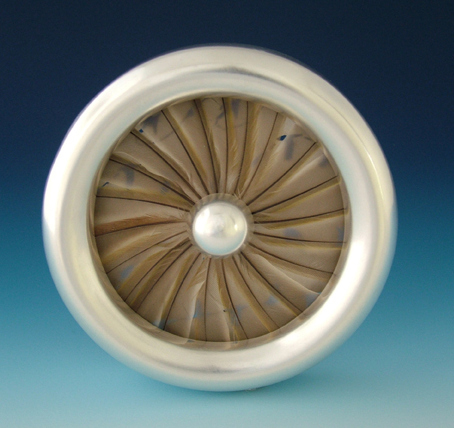
On the other hand, we have Rebecca Hannon. Rebecca Hannon uses the back side to tell a more complex and secret story than the front. Her brooch, Rooftops, has integrated details that you may never guess are in the back side just by looking at the front. One other way the artists use to make their backs is just by creating the mechanism of the brooch all cold connected, as Gustavo Paradiso did with his brooch Borrón.
These are just some of the ways the artists in my exhibition used to create their brooches. If you visit the exhibition you will have a bigger picture of all the pieces, from very simple mechanisms and backs to a more complex and detailed back sides.
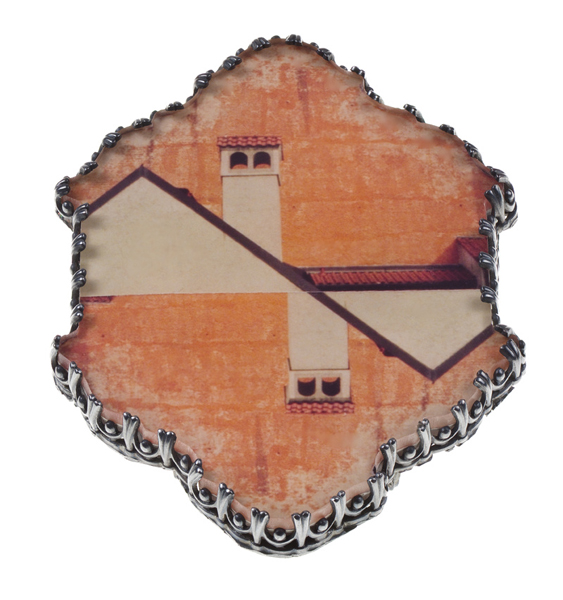
Every jeweler has to consider the back of the brooch as they work, so what made you choose these particular makers?
I chose these particular makers because they have a variety of styles and ways to approach the back side of the brooch. In this exhibition, one can see beautiful traditional pin backs and more complex and out of the box mechanisms and stories. Each piece is unique and gives the viewer more information about the maker.
I noticed that the jewelers you chose were very geographically diverse. Were your choices determined at all by the geographical location of the jeweler? Did you learn anything about brooch backs from a geographical perspective?
No, I looked first at the design as a whole without paying too much attention to where the jeweler was from. The image of an artist working in solitude in their studio is outdated. Due to the vast amount of information and images online, we can see and be influenced by the work of artists from around the world just by searching on the Internet.
Thank you.
